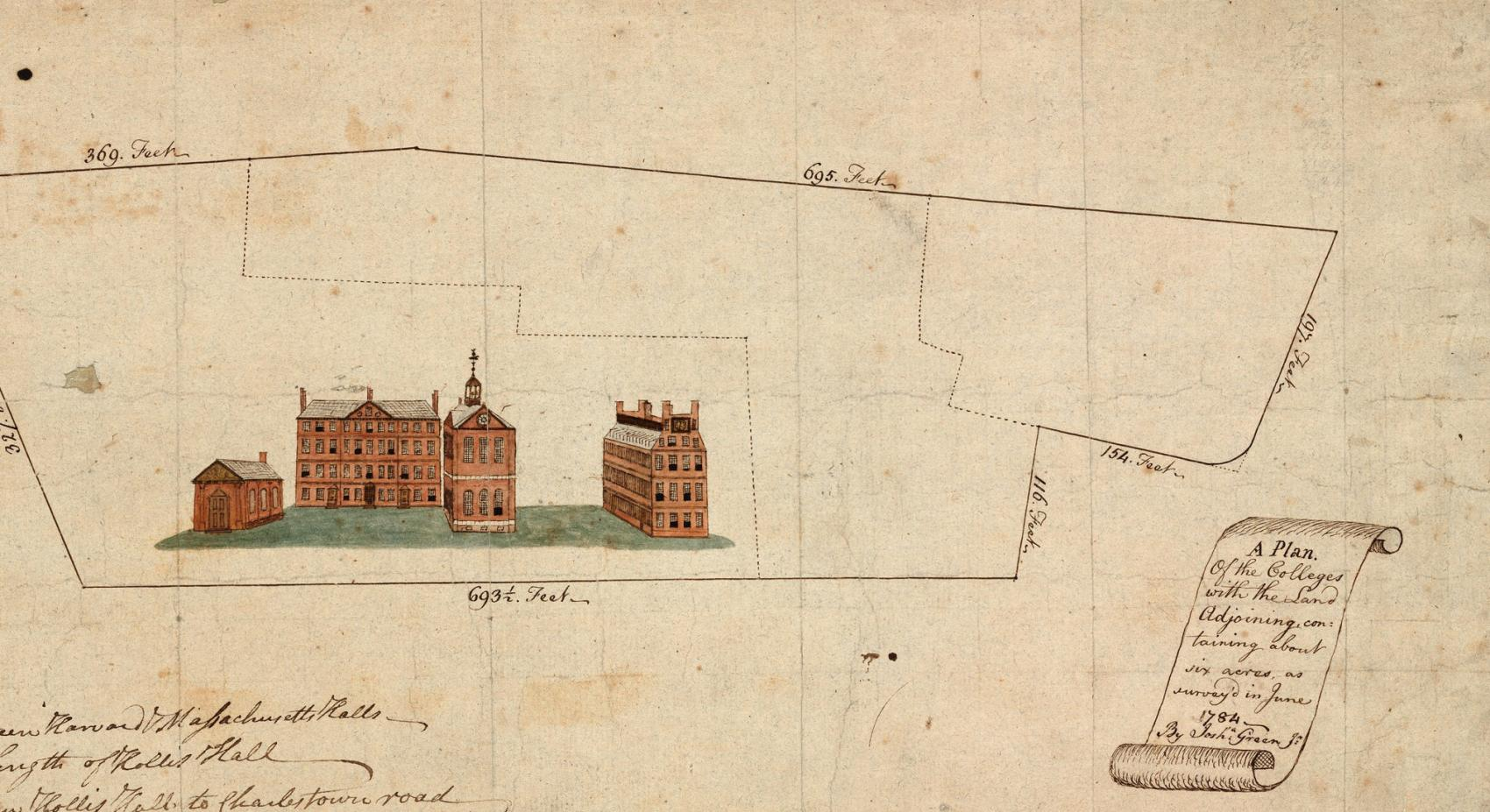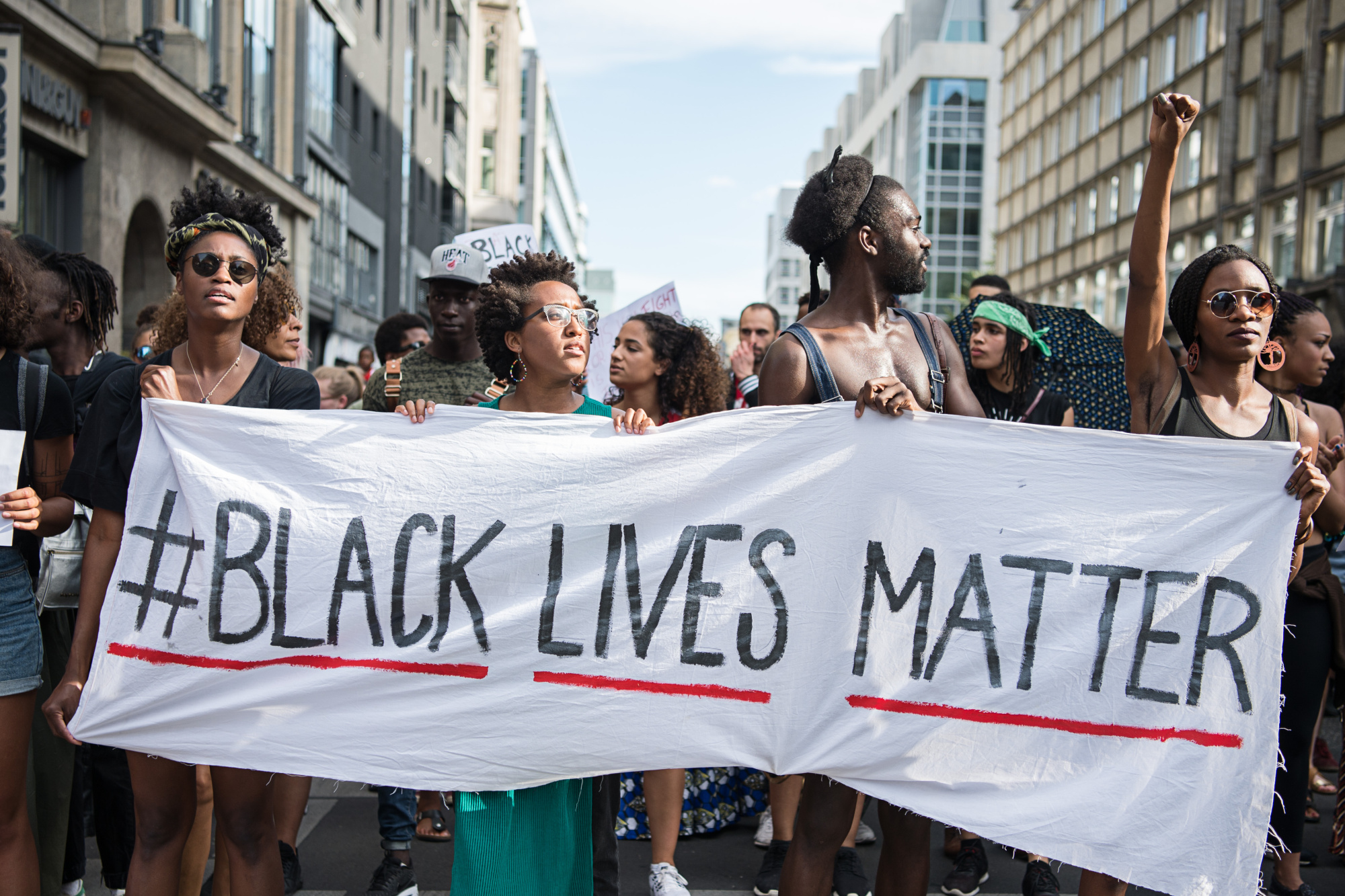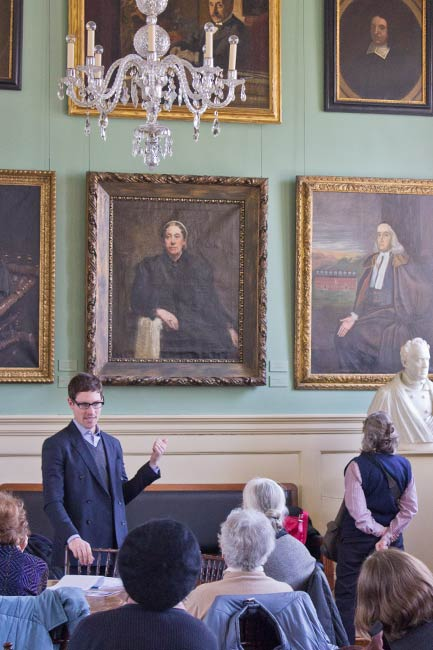Harvard University Archives stands as a treasure trove of historical records, illuminating the rich tapestry of Harvard’s legacy and its impact on America. Nestled within its collections are remarkable artifacts like a letter from John F. Kennedy to his Harvard peers and correspondence from W.E.B. Du Bois, both offering intimate glimpses into pivotal moments in history. The current ‘Archives Inside Out’ exhibit provides visitors with access to fascinating pieces that not only celebrate Harvard’s storied past but also showcase the vital work of its archivists. From handwritten letters to digital captures of campus life during the pandemic, these items not only tell the story of Harvard but reflect broader societal narratives. As an essential conduit for understanding history, Harvard University Archives invites all to explore the intricate connections between the university and its cultural significance.
The Harvard archives serve as a significant repository, housing a variety of documents that reflect both the institution’s history and the broader American narrative. Within these historical records, visitors can discover unique items, such as a poignant letter penned by John F. Kennedy to fellow classmates and crucial correspondence from W.E.B. Du Bois. This meticulous collection of Harvard history plays a vital role in fostering public engagement through exhibits like ‘Archives Inside Out’, which unveil the complexities of archival work. Curated displays introduce audiences to compelling narratives, from significant political correspondence to everyday moments captured during extraordinary times, thereby reinforcing Harvard’s role within the national context. By examining these primary sources, one can gain a deeper appreciation for the interconnectedness of individual stories and collective experience housed within the archives.
Discovering Hidden Treasures at Harvard University Archives
The Harvard University Archives is a treasure trove of historical documents meticulously preserved for scholarly and public engagement. Among the many gems stored within its walls are letters and artifacts that embody significant moments in American history. The archives hold personal correspondence, such as the letters from John F. Kennedy and W.E.B. Du Bois, offering unique insights into the lives of these prominent figures. By spotlighting such pieces, the archives not only preserve history but also make it accessible to the public, allowing people to connect with the past in a meaningful way.
Archival finds like the prominent John F. Kennedy letter to the Class of 1940 showcase the dynamic nature of historical documentation. Archival items are essential in constructing narratives about societal changes and individual stories that have shaped our national identity. Initiatives like the ‘Archives Inside Out’ exhibit enable visitors to engage with these stories firsthand and appreciate the richness of the Harvard history collection. Through this interactive approach, the archives invite a broader audience to witness the evolution of both Harvard and America.
The Impact of W.E.B. Du Bois’ Correspondence in Harvard Archives
W.E.B. Du Bois’ correspondence held in the Harvard University Archives provides essential context for understanding the intellectual landscape of early 20th-century America. His letters, particularly those to his mentor Albert Bushnell Hart, illuminate the complexities of race relations during a pivotal time in American history. By examining these exchanges, researchers can gain valuable perspectives on Du Bois’ influence on sociological thought and civil rights, making this correspondence a vital part of the archives’ collection.
Digitizing letters like Du Bois’ not only preserves them for future generations but also enhances accessibility for scholars, educators, and the public. The stories and discussions encapsulated in these documents foster a deeper appreciation of historical figures who fought for justice and equality. As archivists carefully process and curate this correspondence, they contribute to the preservation of diverse voices in academia, showcasing marginalized narratives that are crucial for understanding Harvard’s own evolving role in social activism.
Exhibiting Diversity: The Archives Exhibit Concept
The ‘Archives Inside Out’ exhibit represents a transformative effort to highlight the diversity of items within the Harvard history collection. By curating works that span various subjects and time periods, the exhibit showcases how archives can tell multifaceted stories representative of a range of experiences. From student publications like The Harvard Lampoon to poignant letters discussing societal challenges, the exhibit underscores the archives’ commitment to illuminating stories that might otherwise remain hidden.
Through this display, visitors are encouraged to delve into the intricate relationship between archival material and broader societal narratives. The contributions from archivists, each sharing their favorite finds, reflect a collaborative approach to presenting history. The vibrant representations not only celebrate Harvard’s legacy but also foster dialogue around the importance of preserving diverse histories, making the exhibit a vital platform for engagement with Harvard’s extensive collection.
The Role of the Harvard Archives in Preserving American History
The Harvard University Archives plays an instrumental role in preserving the multifaceted tapestry of American history. By acting as a repository for documents from diverse authors and time periods, the archives ensure that critical narratives are not lost to time. Each item, whether it’s a letter from a significant historical figure or an ordinary note, contributes to a fuller understanding of the events and cultural shifts that have shaped the nation.
Efforts to digitize and exhibit these materials, such as the recent ‘Archives Inside Out’ initiative, further expand the reach and impact of the archives. By making their collections accessible online and through public displays, Harvard archivists allow a global audience to engage with rich historical content. This open approach not only democratizes access to history but also emphasizes the archives’ commitment to inclusivity in telling the diverse stories of Harvard and its broader context within America.
Engaging with the Past: The Importance of Archives Exhibits
Exhibits like ‘Archives Inside Out’ offer audiences a unique opportunity to engage with history on a personal level. By highlighting specific items from the Harvard University Archives, these displays make the past tangible and relatable. They provide insight into the lives of individuals who influenced universities and society. For instance, John F. Kennedy’s light-hearted letter exemplifies how personal correspondence can reveal character and humanity behind public personas.
Furthermore, such exhibits foster curiosity and inspire visitors to delve deeper into archival research and collections. By showcasing the diverse narratives and materials housed in the archives, curators promote a greater understanding of the role that historical documentation plays in contemporary society. As people navigate through the stories shared in the exhibit, they can appreciate how history continues to shape current events.
The Contribution of Digitization to Harvard’s Archives
The digitization of materials within the Harvard University Archives serves as a crucial bridge between historical preservation and modern accessibility. By converting handwritten letters and historical documents into digital formats, archivists make it easier for scholars and the public to access important materials from anywhere in the world. This technological advancement not only safeguards fragile items from physical deterioration but also enhances research capabilities by allowing for more efficient searches through vast collections.
Digitized collections, such as those showcasing W.E.B. Du Bois’ letters, open new avenues for academic inquiry and public appreciation. As researchers access these documents online, they can uncover connections and contextualize historical discussions surrounding race relations and social justice. This ongoing commitment to digitization reflects Harvard’s understanding of the evolving needs of its community and the importance of making knowledge widely available.
Learning from Letters: The Significance of Personal Correspondence
Personal correspondence in the Harvard University Archives, such as letters sent by influential figures, provides compelling narratives that illuminate their thoughts and experiences. These letters serve as primary sources for researchers and historians examining not only the individuals who wrote them but also the broader societal issues they addressed. By studying these personal documents, one can gain insights into the motivations behind actions taken by prominent individuals in history.
Furthermore, the relationship dynamics showcased in these letters foster a deeper understanding of historical contexts. The correspondence between students like Ragan Henry and his friend reflects personal experiences and challenges during a time of growing awareness of social issues. Such insights are invaluable for comprehending the historical landscape and remind us that history is not just about notable figures but also about the everyday lives of individuals contributing to larger movements.
Preserving Women’s Contributions in Harvard’s Archives
The Harvard University Archives contain significant representations of women’s contributions to various fields, as seen through artifacts like the photograph of women computers at the Harvard College Observatory. This image captures the often-ignored labor of women who, despite being relegated to the background, played crucial roles in advancing scientific understanding in their time. By preserving and displaying these examples, the archives promote an inclusive historical narrative.
Exhibits celebrating women’s contributions to academia not only recognize their importance but also inspire future generations. By showcasing their work and dedication, the archives serve as a reminder of the progress made and the ongoing need to highlight gender equity within educational institutions and beyond. Through their diverse collections, Harvard’s archives continue to contribute to a more nuanced understanding of history.
The Future of Archival Work: Engaging Communities Through Collections
As the field of archival work evolves, initiatives aimed at engaging communities are becoming more prominent within institutions like the Harvard University Archives. By incorporating feedback from archivists who curate collections, the archives are empowered to reflect the diverse stories and histories that shape both the university and society at large. Opportunities for community engagement help to ensure that collections remain relevant and accessible.
Programs that invite public interaction, such as participatory exhibits and outreach initiatives, enhance awareness of historical preservation’s role in contemporary culture. As archivists actively seek community input, they build a collective movement towards inclusivity and representation in historical narratives. This forward-thinking approach indicates a commitment to preserving a rich tapestry of stories that reflect our shared human experience.
Frequently Asked Questions
What are the key highlights of the Harvard University Archives?
The Harvard University Archives showcases a diverse collection of items that highlight both Harvard’s history and American heritage. Notable pieces include a letter from John F. Kennedy to his classmates and correspondence from W.E.B. Du Bois discussing racial issues in America, providing a glimpse into pivotal historical moments.
How can I access the Harvard archives for research purposes?
To access the Harvard University Archives, researchers can visit the Pusey Library, where the archives are housed. Appointments can be made in advance to view specific collections online or in person, ensuring that the intricate history surrounding Harvard is available to all.
What is the purpose of the ‘Archives Inside Out’ exhibit at Harvard?
The ‘Archives Inside Out’ exhibit aims to demystify archival work by displaying unique items from the Harvard University Archives. Curated by archivists, it highlights significant artifacts like the John F. Kennedy letter and W.E.B. Du Bois correspondence, celebrating Harvard’s institutional memory and community history.
How does the Harvard University Archives contribute to preserving American history?
The Harvard University Archives plays a vital role in preserving American history by collecting, maintaining, and providing access to important documents and artifacts. Items like the collection of letters from influential figures such as John F. Kennedy and W.E.B. Du Bois capture the essence of America’s social and political evolution.
What types of collections can be found in the Harvard archives?
The Harvard archives house a wide range of collections including personal correspondence, institutional records, photographs, and artifacts. Collections like the letters from John F. Kennedy and the records of Harvard student groups, such as The Harvard Lampoon, illustrate the diverse narratives that form Harvard’s rich history.
Are there any online resources for exploring the Harvard University Archives?
Yes, the Harvard University Archives offers several online resources, including digitized collections and exhibits that can be accessed through the Harvard Library website. Users can explore important documents like the W.E.B. Du Bois correspondence and learn about the history behind these significant pieces.
What educational programs does Harvard Archives offer?
Harvard University Archives offers educational programs, including guided tours, lectures, and workshops aimed at connecting the public and researchers to the wealth of history contained within its collections. These programs often feature exhibits like ‘Archives Inside Out’ to enhance understanding of archival work and history.
Can the public view items from the Harvard University Archives exhibit?
Yes, the public can view items from the Harvard University Archives exhibit, including significant artifacts displayed in the ‘Archives Inside Out’ exhibit at Pusey Library. This exhibit aims to make Harvard’s history accessible and engaging for all visitors.
How does the Harvard University Archives support diversity in its collections?
The Harvard University Archives actively supports diversity by curating collections that reflect a wide range of perspectives, particularly those from under-represented communities. Initiatives like the Equity, Diversity, Inclusion, Belonging, and Antiracism Digitization Program aim to ensure a comprehensive representation of history.
What makes the collection of letters from W.E.B. Du Bois at the Harvard archives significant?
The letters from W.E.B. Du Bois are significant as they provide insight into early 20th-century race relations and the intellectual discourse surrounding them. These correspondences, preserved in the Harvard University Archives, illustrate the complex societal issues of the time and Du Bois’s impactful role in advocating for equality.
| Key Point | Details |
|---|---|
| Exhibit Purpose | The ‘Archives Inside Out’ exhibit aims to showcase unique archival items that illuminate both Harvard and American history, and to make archival work more accessible to the public. |
| Notable Items | 1. **Handwritten note from JFK** to Harvard classmates, providing a personal view of a historical figure. 2. **Letter from W.E.B. Du Bois** discussing race relations in America. 3. **COVID-19 response screenshot** from The Harvard Crimson, highlighting a pivotal moment in history. |
| Submission Process | University archivists were invited to submit their favorite items for display, emphasizing personal connections to the pieces. |
| Exhibit Duration | The exhibit is open to the public until April 30, 2025, located at Pusey Library’s Lammot du Pont Copeland Gallery. |
| Curation Team | The exhibit was curated by various archivists at Harvard University, including Virginia Hunt and Sarah Martin, highlighting collaborative efforts in showcasing the collections. |
Summary
Harvard University Archives play a crucial role in preserving the rich history of both the university and the broader American narrative. The exhibit ‘Archives Inside Out’ serves as an illustration of how archival work not only maintains historical artifacts but also brings them to life for public appreciation. This initiative, spearheaded by dedicated Harvard archivists, showcases significant items such as letters from influential figures, photographs documenting women in science, and contemporary responses to historical events like the COVID-19 pandemic. By making these items accessible, Harvard University Archives not only celebrate the institution’s legacy but also invite the public to engage with history in meaningful ways.



